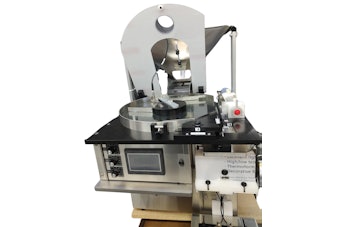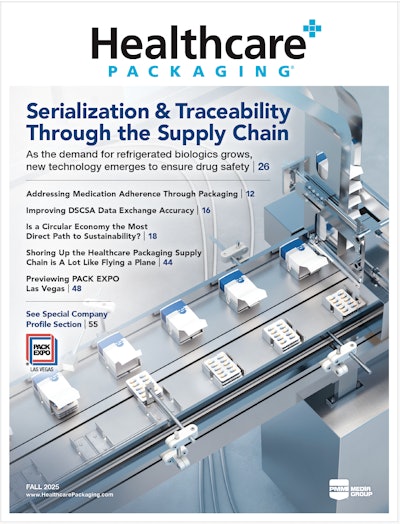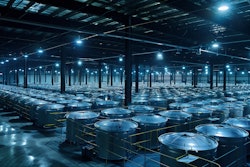So, this is our latest solution that's using AI and machine learning to really create step changes in compressed air monitoring. Most customers today either don't even know how much air is being lost or what the scale or magnitude of air loss is, and what we've done here is really taking a pragmatic approach to not only unlocking that air data through our airflow sensors, but then collecting it and then visualize that into a really friendly user interface where you can do several things.
You know how much air is being consumed. You know what it's costing you, the CO2 emissions that are associated with it, but even more importantly, this solution allows you to detect the leaks down to the valve system, and this is really a step change because not only does it allow you to really address energy efficiency goals in your manufacturing site, whether it's one machine or the whole plant, but this also frees up your maintenance folks in terms of troubleshooting and manual intensity around checking for leaks.
You can go to this dashboard here as an example, and you can see that there's an anomaly detected. You can see three machines here, and one of them has a little alert, and I click it. And if you look at the past 14 days, for example, you can see that it first detected an anomaly several days ago, and that only got greater and greater over time, and what you're effectively seeing here is the algorithm is doing its work and actually isolating and pinpointing where this anomaly is coming from, which is the first valve slice in your valve manifold.
Now you don't have to do any guessing. I don't need to take a acoustic sensor. I don't need to listen for leaks. I can look at this dashboard, and I can identify exactly where the leak is, so that's a tremendous benefit not only from energy savings but also freeing up your workforce from dull, dirty, and sometimes dangerous jobs. So, this is it.






















